Apple granted patent for dock connector with USB 3.0, Thunderbolt
The invention, entitled "Reduced Size Multi-Pin Male Plug Connector," was published by the U.S. Patent and Trademark Office on Tuesday and describes a smaller 30-pin dock connector with updated connection standards.
"Some embodiments of the present invention can provide support for one or more new high-speed communication standards," the filing read, citing USB 3.0 and DisplayPort as examples of these standards.
The device depicted in the application's drawings is an iPod, but the invention extends to other mobile devices and laptop and desktop computers.
According to the patent, the multi-purpose connector could carry power, data, video and audio signals. One embodiment includes two legacy USB2 contacts, four USB3 contacts, USB power and a ground. The DisplayPort standard would transfer data at 1.3MP with one lane, 1.8MP with two lanes and 4.1MP when all four lanes are selected.
The patent does not indicate whether the new connector would be backward compatible with Apple's current dock connector.
The invention is credited to Stephen Paul Zadesky, Brian S. Lynch and Jason Sloey. It was filed for on Sept. 29, 2009.
Though the patent was revealed by the USPTO last year, Intel's Thunderbolt implementation, which couples a DisplayPort with high-speed interconnect, had yet to be announced.
Intel announced the Thunderbolt interconnect technology in February alongside Apple's release of new MacBook Pros, the first to take advantage of the new specification.
Formerly codenamed 'Light Peak,' the technology provides PCI Express interconnect speeds of up to 10Gbps and utilizes the Apple-developed Mini DisplayPort. Intel had originally hoped to use fiber-optic cabling for the technology, but initial implementations utilize copper wiring due to cost constraints.
 Josh Ong
Josh Ong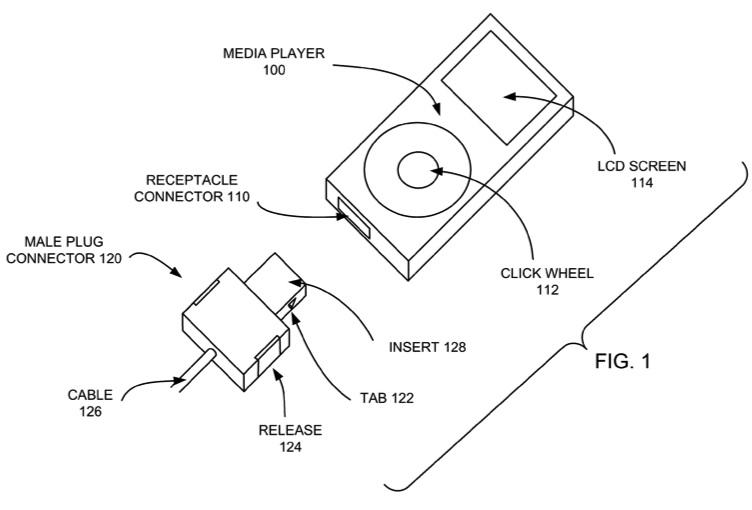
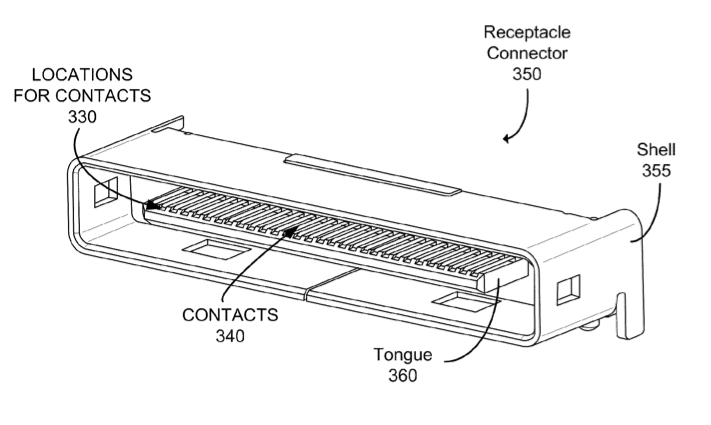
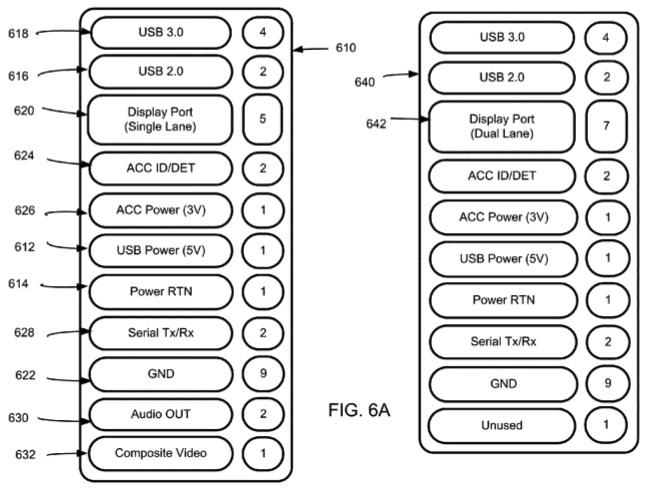

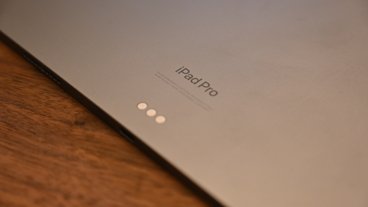









 Malcolm Owen
Malcolm Owen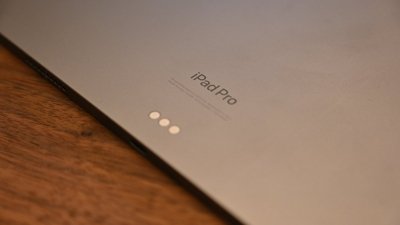
 Charles Martin
Charles Martin
 Mike Wuerthele
Mike Wuerthele


 Chip Loder
Chip Loder

 William Gallagher
William Gallagher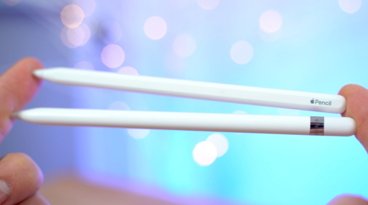







35 Comments
This is why Apple is so successful. They are not only constantly improving their software, eg., SL, but also investing R&D money and resources into every facet of production. They are leading the way in...
1.) Battery technology. (Does anyone remember the bleating on these boards about having non-replaceable batteries?) Ugh!
2.) Apple has the best laptop construction with the uni-body design. Is there another manufacturer even close?
3.) Retina display on the iPhone. Just wonderful.
4.) Touch. Look at the track pads on their laptops, magic trackpad and magic mouse. They are just brilliant.
5.) iLife.
6.) iWork.
6.) Etc., etc.
This looks like the new Dock Connector I've been predicting and it can't get here soon enough with a 64GB iPhone and Touch potentially coming this year, though no competitor is matching Apple on this front, and a 128 iPad potentially coming next year.
60 pins. I wonder what the final size will be. I assume it's thinner than the current Dock Connector, but how wide will it be? (rhetorical)
Oh, and what christopher126 said, too.
This is why Apple is so successful. They are not only constantly improving their software, eg., SL, but also investing R&D money and resources into every facet of production. They are leading the way in...
1.) Battery technology. (Does anyone remember the bleating on these boards about having non-replaceable batteries?) Ugh!
2.) Apple has the best laptop construction with the uni-body design. Is there another manufacturer even close?
3.) Retina display on the iPhone. Just wonderful.
4.) Touch. Look at the track pads on their laptops, magic trackpad and magic mouse. They are just brilliant.
5.) iLife.
6.) iWork.
6.) Etc., etc.
And if Apple apologists had their way, none of these would have come about because everything would have been perfect just the way it is. And before you deny ever calling anything perfect, did you ever admit that things needed improvement? If not, then you may as well be calling everything perfect.
And if Apple apologists had their way, none of these would have come about because everything would have been perfect just the way it is. And before you deny ever calling anything perfect, did you ever admit that things needed improvement? If not, then you may as well be calling everything perfect.
Stop being an ass. Your silly arguments mean nothing. No reasonable person has ever made the the wilde claims you proclaim.
Saying the iPad is perfect for their needs at a single point in times for a single user doesn't mean it's the perfect tabelt for all users in all frields for ever and ever and ever. You need to learn to seperarte from what is said and what is meant.
And if Apple apologists had their way, none of these would have come about because everything would have been perfect just the way it is. And before you deny ever calling anything perfect, did you ever admit that things needed improvement? If not, then you may as well be calling everything perfect.
huh??? really??